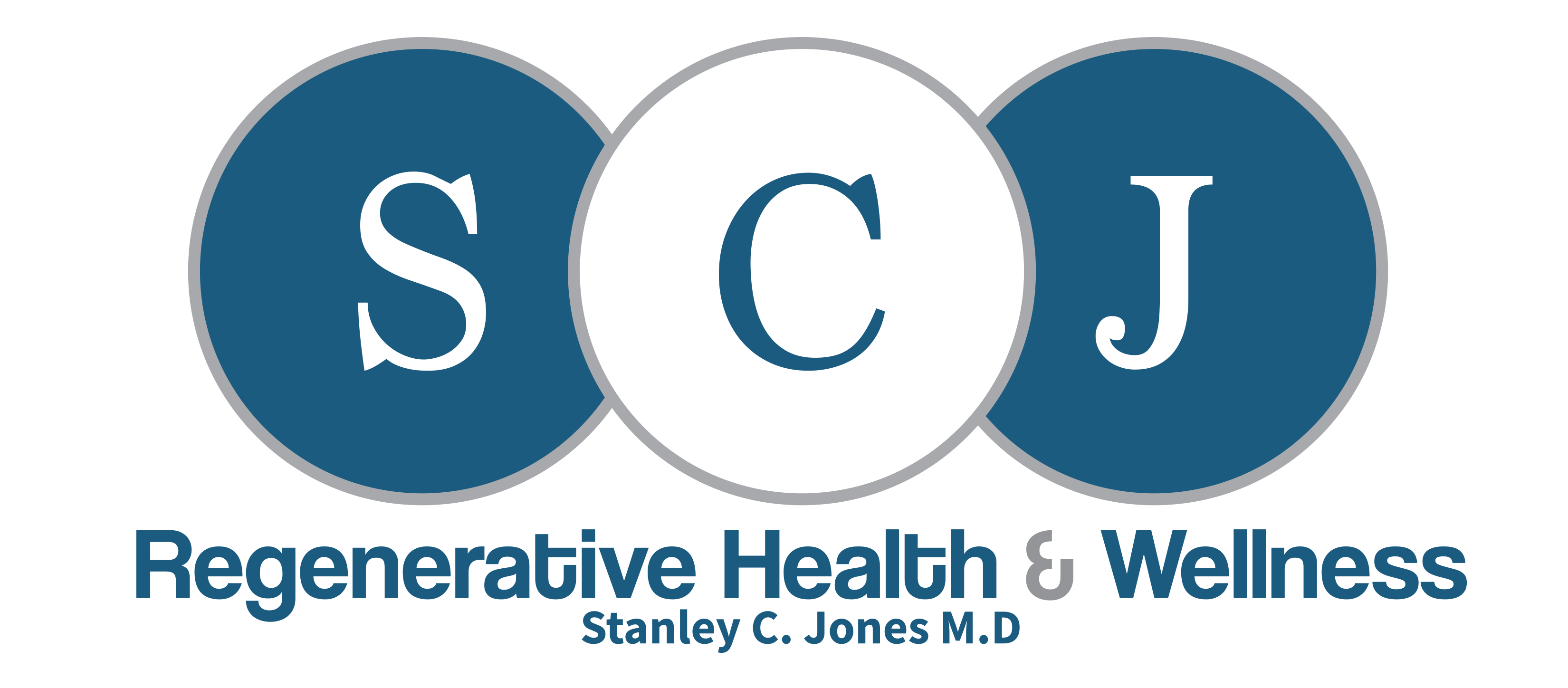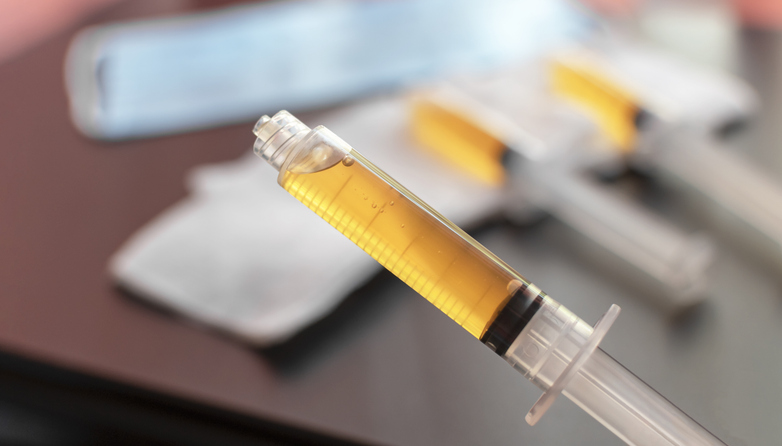
Introduction to Young Plasma Exchange
Young Fresh Frozen Plasma (yFFP) infusions are gaining attention as a groundbreaking approach to anti-aging and disease modification. Plasma, the pale yellow component of blood, has essential nutrients such as vitamins and minerals, as well as genetic materials like RNA and DNA. Additionally, it contains beneficial cytokines and exosomes, which are the active elements derived from stem cells. These components collectively contribute to the therapeutic potential of young blood plasma.
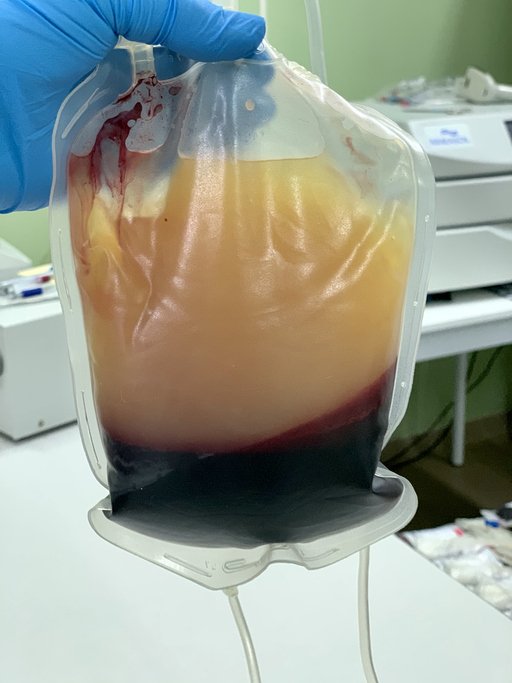
Research indicates that young blood plasma infusions can significantly impact over 20 biomarkers linked to aging. The young blood plasma infusion process involves introducing plasma from younger donors into older recipients, aiming to rejuvenate their biological systems. This rejuvenation could translate into improved physical health, enhanced cognitive function, and a general increase in vitality.
The science behind yFFP infusions is rooted in the understanding that aging is not just a chronological process but also a biological one, influenced by various molecular and cellular changes. By replenishing the body with younger plasma, it is possible to mitigate some of these age-related changes. Studies have shown that young plasma exchange can enhance tissue repair, boost immune function, and improve overall cellular health.
Moreover, the potential applications of young plasma extend beyond anti-aging. It is being explored as a treatment for a range of age-related diseases, including Alzheimer’s, Parkinson’s, cardiovascular diseases, and certain types of cancer. The versatility of this therapy makes it a subject of intense scientific interest and ongoing research.
In summary, young plasma exchange (YPE) represents a promising frontier in medical science. By harnessing the rich, biologically active components of young plasma, this therapy offers a novel way to combat the effects of aging and improve overall health outcomes. As research progresses, it may soon become a cornerstone in the fight against age-related decline and disease.
What is Young Plasma Exchange?
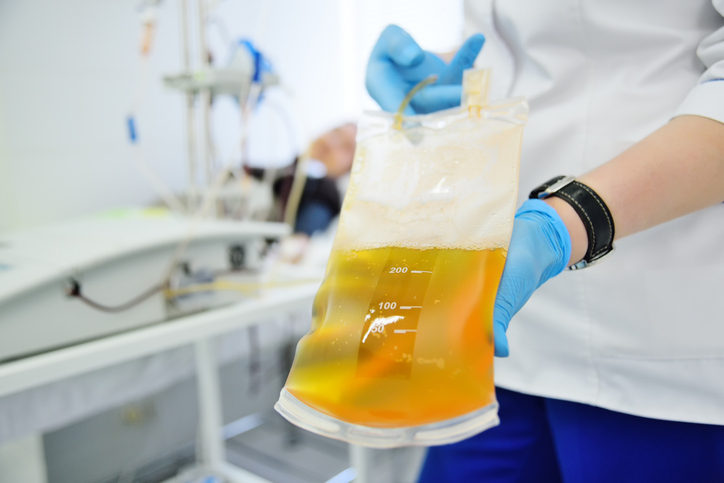
The process of replacing old plasma involves removing a portion of the patient’s blood, including plasma, and then reinfusing the patient with fresh plasma. This YPE procedure not only reduces the number of senescent cells but also replenishes the blood with essential proteins and other components that contribute to better health. Fresh young blood plasma contains factors that can rejuvenate cells and tissues, thereby enhancing the body’s natural repair mechanisms.
The therapy can be administered directly into joints or through intravenous infusion, offering a range of benefits. Patients have reported significant improvements in kidney function, a reduction in inflammation, relief from arthritis symptoms, and even inhibition of disease progression. This multifaceted treatment works by replacing old plasma, which helps to decrease the number of senescent cells in the body. Senescent cells are aged cells that have lost their ability to divide and function properly, and their accumulation is associated with aging and various age-related diseases. By reducing these cells, the therapy promotes a more youthful physiological state and enhances longevity.
Administering the plasma directly into joints targets localized issues, making it particularly effective for conditions like arthritis. This localized approach ensures that the therapeutic agents are concentrated where they are most needed, providing quicker and more noticeable relief. On the other hand, intravenous young blood infusion allows for a systemic effect, benefiting the entire body. This method is especially useful for addressing widespread inflammation and improving overall organ function, including the kidneys.
Patients undergoing this therapy often experience a renewed sense of vitality and well-being. The reduction in inflammation and the improvement in organ function contribute to a higher quality of life. Moreover, YPE’s ability to inhibit disease progression means that patients can enjoy these benefits for a longer period, making it a promising option for those looking to extend their health span and lifespan.
Is there a difference between Young Plasma Exchange and Young Plasma Infusion?
Young plasma exchange (YPE) is a process that involves infusing young plasma blood plasma donated by individuals between the ages of 18-25. To do this exchange some blood needs to be removed. Depending on the practitioner whole blood may be removed or a plasmapheresis machine may be used.
The difference is in the exact procedure used to remove the necessary blood/plasma before the infusion. Whole blood removal is where a small amount of whole blood is removed followed by the infusion of young blood plasma.
Plasmapheresis is the process healthcare providers use to obtain plasma from blood. Plasma exchange is when providers use plasmapheresis to replace plasma. The process involves using a machine to separate plasma from blood and then returning the blood to the person receiving treatment.
Whether whole blood is removed and replaced with young plasma, or whether the old plasma is replaced before the infusion of young plasma, all patients receive an infusion of young plasma, and receive all the benefits that go along with that.
History and Development
The concept of young plasma exchange traces its roots back to early 20th-century experiments, where scientists first explored the idea of rejuvenation through blood transfusions. Initial studies involved parabiosis, a technique that surgically joined the circulatory systems of two animals, typically a young and an old mouse. Researchers observed that the older mice exhibited signs of rejuvenation, such as improved muscle function and enhanced cognitive abilities, suggesting that factors in the young blood could reverse age-related decline.
The modern iteration of young plasma exchange began to take shape in the early 2000s, driven by advancements in biotechnology and a deeper understanding of cellular aging. Researchers identified specific proteins and growth factors in young blood plasma that appeared to play pivotal roles in tissue repair and regeneration. These discoveries led to the development of protocols for plasma exchange that aimed to harness these rejuvenating factors for therapeutic purposes.
Clinical trials soon followed, focusing on the potential benefits of young plasma exchange in treating age-related diseases. In 2014, a landmark study published in the journal Nature Medicine demonstrated that young plasma could improve cognitive function and synaptic plasticity in aged mice. This study spurred a wave of research into the applications of young plasma exchange for neurodegenerative conditions like Alzheimer’s and Parkinson’s disease.
The procedure itself has evolved significantly, incorporating sophisticated techniques to ensure the safety and efficacy of young blood plasma exchange. These technological advancements have made the therapy more accessible and safer for human patients.
Today, young plasma exchange and infusion stand at the forefront of regenerative medicine, offering a promising avenue for extending health span and combating age-related diseases. The ongoing research continues to refine the therapy.
The Importance Of YPE in Modern Medicine
Young plasma exchange has emerged as a groundbreaking approach in modern medicine, offering potential benefits across a range of age-related diseases and conditions. Researchers have observed that the infusion of young plasma into older individuals can rejuvenate tissues and organs, potentially reversing the effects of aging. YPE involves replacing a portion of an older individual’s plasma with that from a younger donor, which is rich in beneficial proteins and factors that promote cellular repair and regeneration.
Clinical studies have shown promising results in the treatment of neurodegenerative diseases such as Alzheimer’s and Parkinson’s. Patients undergoing young plasma exchange have exhibited improved cognitive functions and motor skills, suggesting that the young plasma may help to restore neural connections and reduce inflammation in the brain. These findings have sparked a surge of interest in the potential of young plasma exchange to combat other age-related conditions, including cardiovascular diseases and immune system decline.
The mechanism behind the rejuvenating effects of young plasma exchange lies in its ability to modulate the body’s inflammatory response and enhance the regenerative capacity of tissues. Young plasma contains higher levels of growth factors and cytokines, which play crucial roles in tissue repair and maintenance. By introducing these elements into an older body, the therapy aims to create a more youthful systemic environment, promoting overall health and longevity.
In the realm of regenerative medicine, young plasma exchange is being explored as a complementary treatment to traditional therapies. For example, in patients recovering from major surgeries or injuries, young plasma may accelerate healing and reduce recovery times. This could revolutionize post-operative care, leading to better outcomes and improved quality of life for patients.
Ethical considerations and regulatory challenges remain significant hurdles in the widespread adoption of young plasma exchange. Ensuring the safety and efficacy of this treatment requires rigorous clinical trials and long-term studies. Despite these challenges, the potential benefits of young plasma exchange in modern medicine continue to drive research and innovation, making it a promising frontier in the quest for healthier aging.
Key Benefits of Young Plasma Infusions
Young plasma exchange offers a multitude of health benefits, particularly for those seeking to mitigate the effects of aging and improve overall well-being. This innovative therapy has shown promising results in various areas, making it a compelling option for individuals looking to enhance their quality of life.
Patients often report significant improvements in kidney function following young plasma infusions. The therapy helps to rejuvenate kidney cells, promoting better filtration and waste removal. This improvement in kidney function can lead to increased energy levels and overall vitality, as the body becomes more efficient at detoxifying itself.
Chronic inflammation, a common issue associated with aging, sees a marked reduction through this treatment. By decreasing the number of senescent cells, young blood plasma exchange helps to lower inflammatory markers in the body. This reduction in inflammation not only alleviates discomfort but also reduces the risk of developing chronic diseases linked to prolonged inflammatory states.
Arthritis sufferers find particular relief from young plasma infusions. Administering the therapy directly into affected joints targets the root cause of pain and stiffness, providing quicker and more effective relief. Patients often experience improved joint mobility and a significant decrease in pain, allowing them to engage in daily activities with greater ease.
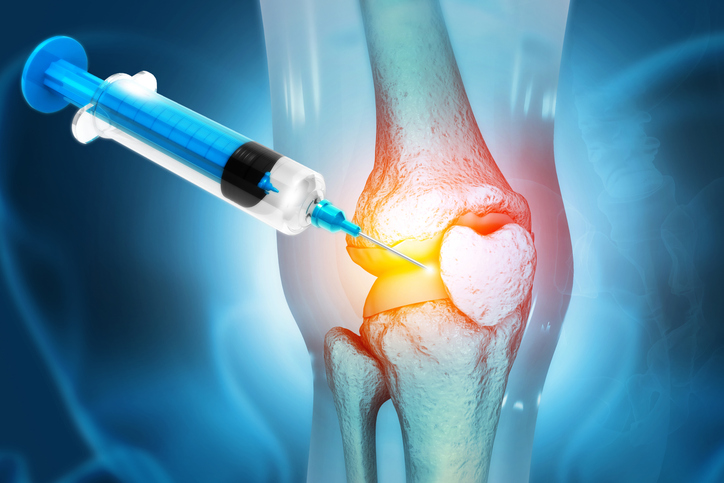
The therapy also plays a crucial role in inhibiting disease progression. By replenishing the body with young blood plasma, the treatment introduces factors that can slow down or even halt the advancement of various age-related diseases. This inhibition of disease progression contributes to a longer, healthier life, making it a valuable preventive measure.
Enhanced extracellular matrix (ECM) hemostasis is another notable benefit. The ECM provides structural support to cells and tissues, and its proper function is essential for tissue repair and regeneration. Young blood plasma infusions help maintain ECM integrity, promoting better tissue health and faster recovery from injuries.
In summary, young plasma exchange offers a comprehensive approach to improving health and longevity. By targeting key areas such as kidney function, inflammation, arthritis, disease progression, and ECM hemostasis, this therapy provides a holistic solution for those seeking to enhance their quality of life and extend their health span.
Finding a yFFP Provider
Finding a provider for young plasma infusions requires careful consideration to ensure the best possible outcomes. The therapy’s effectiveness hinges on the expertise and reliability of the provider, making it crucial to select a qualified professional. Start by researching providers who specialize in young plasma infusions and have a proven track record. You can also call and speak with the practice regarding their experience with young plasma infusions and inquire about their results, the certifications and qualifications of the physician, and the protocols used by the practice.
Verify the provider’s experience with young plasma infusions specifically. Experience in similar treatments may not suffice, as this therapy involves unique protocols and potential risks. Ask about the number of procedures they have performed and their success rates. A provider with extensive experience is more likely to navigate complexities and deliver optimal results.
Location and accessibility also play a significant role. Choose a provider within reasonable proximity to reduce travel stress and ensure you can attend follow-up appointments easily. Additionally, consider the facility’s quality. A well-equipped, clean, facility reflects the provider’s commitment to high standards of care.
Patient support services are equally important. A provider who offers comprehensive pre- and post-treatment support can significantly enhance your experience and outcomes. This support might include nutritional advice, physical therapy, or counseling to help you navigate the treatment process.
Lastly, trust your instincts. Your comfort and confidence in the provider are paramount. An initial consultation can provide valuable insights into their approach, communication style, and willingness to address your concerns. A provider who listens and responds thoughtfully is more likely to offer personalized care that meets your needs.
Choosing the right provider for young blood plasma infusion involves thorough research and careful consideration of various factors. Prioritizing qualifications, experience, location, cost, and patient support will help you make an informed decision, ensuring a positive and effective treatment experience.
Summary of Key Points
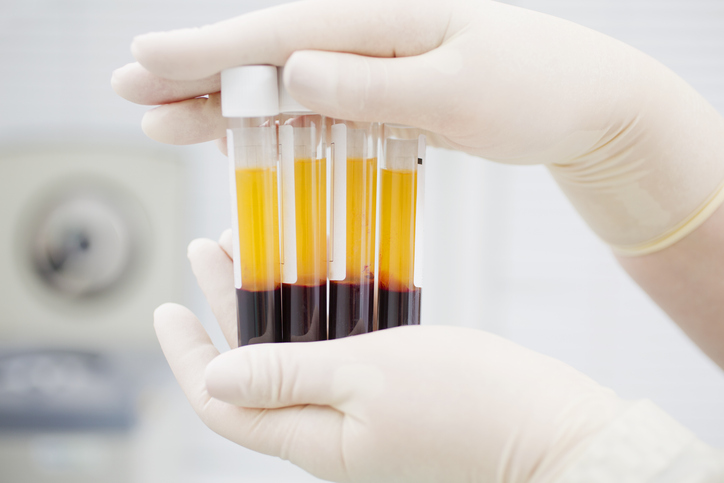
The therapy’s impact on cellular health extends beyond just reducing senescent cells. Fresh plasma introduces a myriad of bioactive molecules, including growth factors, cytokines, and extracellular vesicles, which play crucial roles in cellular communication and regeneration. These components work synergistically to enhance tissue repair and mitigate chronic inflammation, fostering an environment conducive to healing and rejuvenation.
Clinical studies have shown promising results, with participants exhibiting improved cognitive function, increased muscle strength, and better cardiovascular health. The infusion of young plasma appears to reset some of the biological markers of aging, effectively turning back the clock on cellular processes. This rejuvenation at the cellular level translates into tangible health benefits, making the therapy a compelling option for those seeking to maintain their vitality.
The safety profile of young plasma exchange is also noteworthy. Rigorous screening and matching processes ensure that the plasma used is free from pathogens and compatible with the recipient’s blood type, minimizing the risk of adverse reactions. Patients typically experience minimal side effects, such as mild discomfort at the infusion site or temporary fatigue, which are easily manageable.
Cost remains a consideration, as the procedure can be expensive and is not yet covered by insurance. However, the growing body of evidence supporting its efficacy is driving increased interest and investment in this field. As research progresses, the therapy will likely become more accessible, offering a viable solution for age-related ailments.
For more details, visit Young Plasma (yFFP) – Stanley C. Jones, email plasma@stanleycjonesmd.com, or call Dr. Jones’ clinic at 713-773-2273 to see if young plasma infusion might be an appropriate therapy for you and your health goals.
